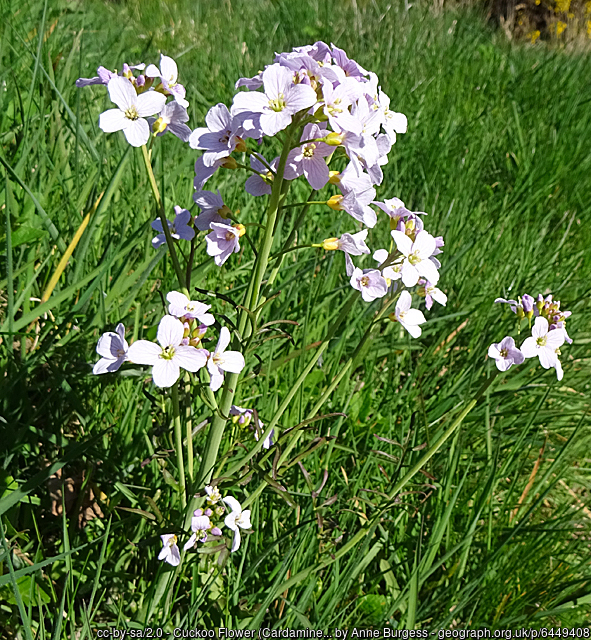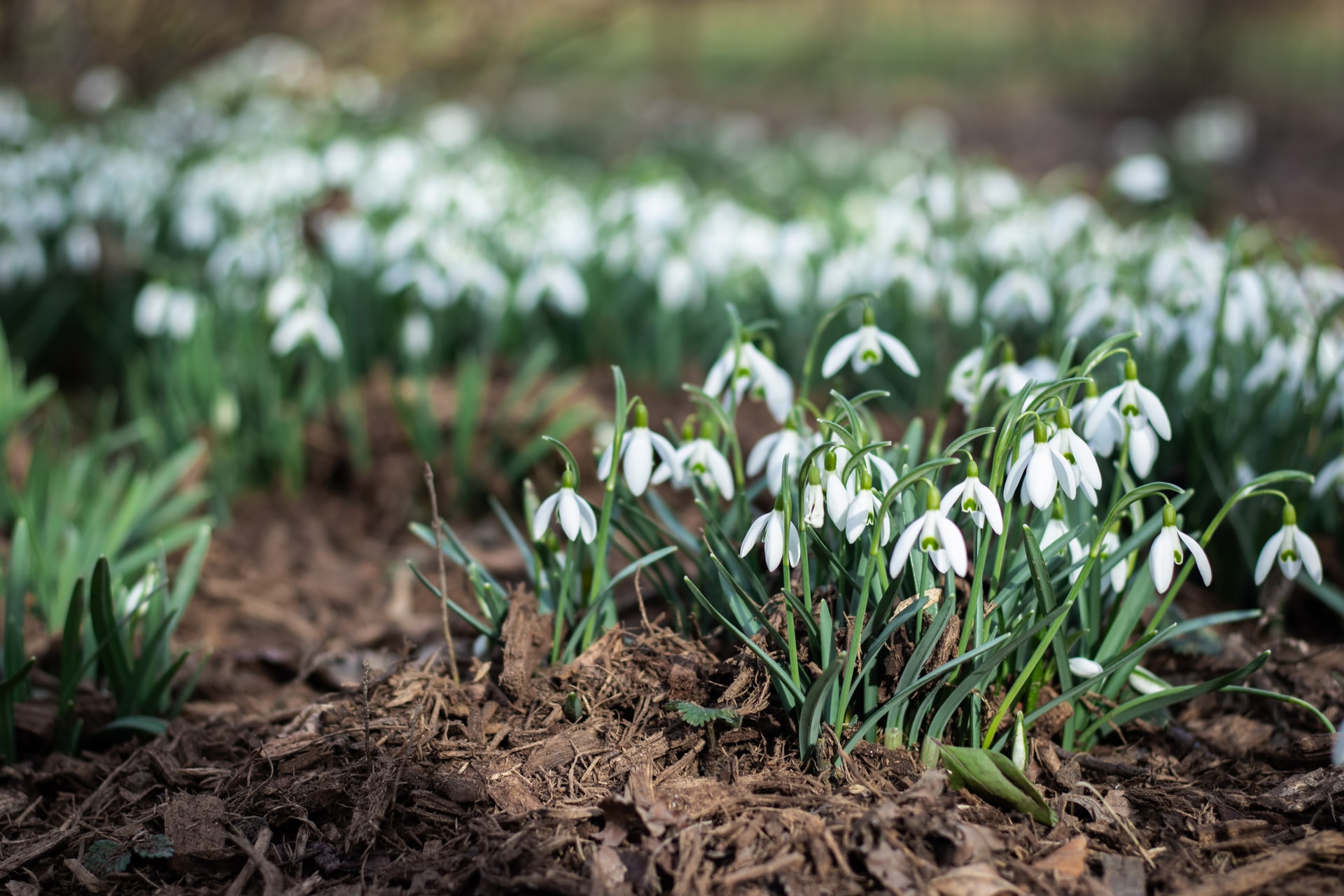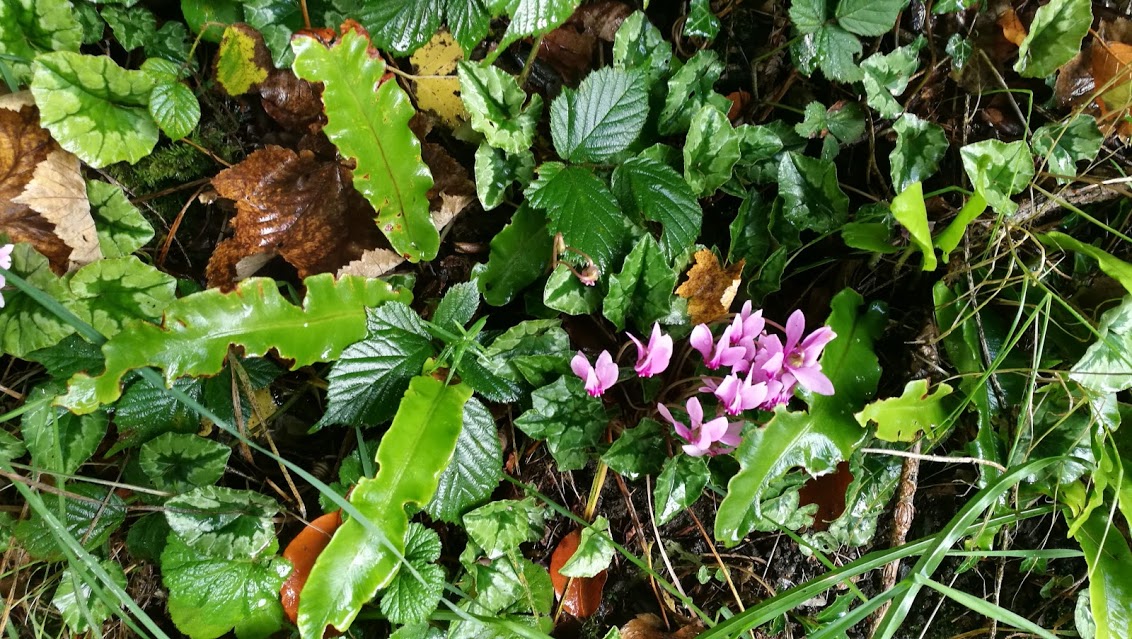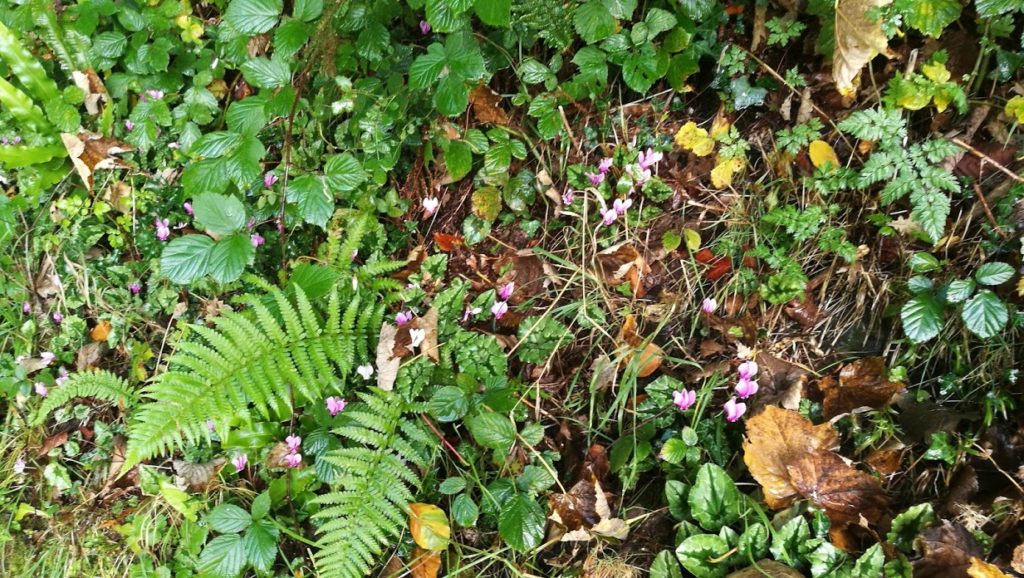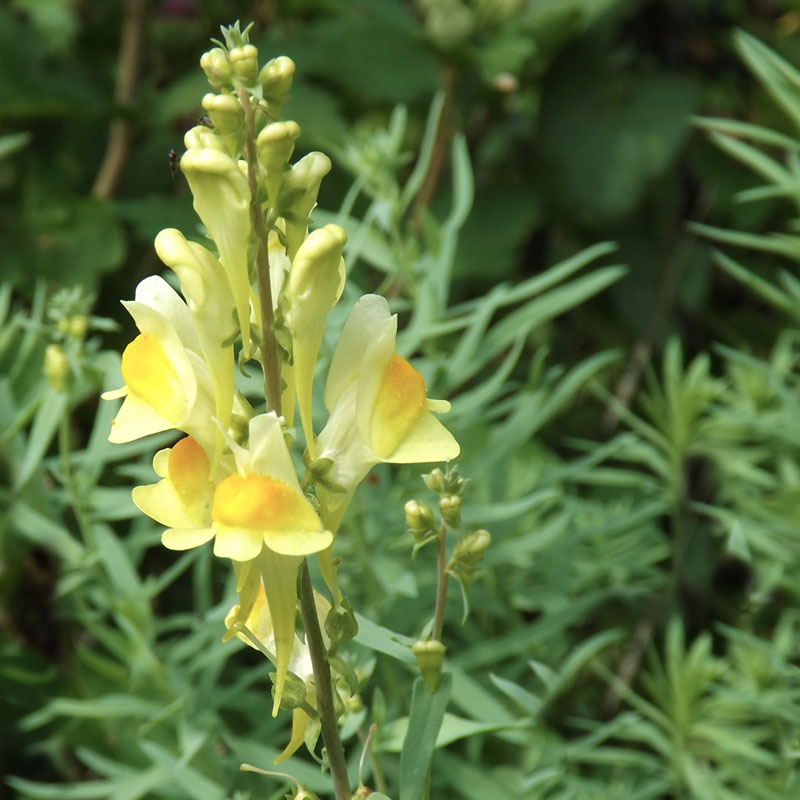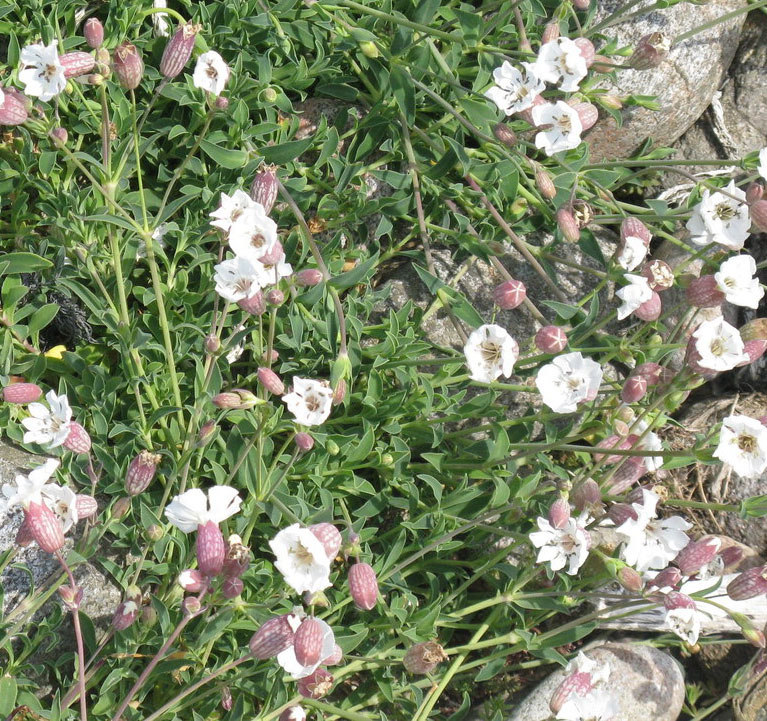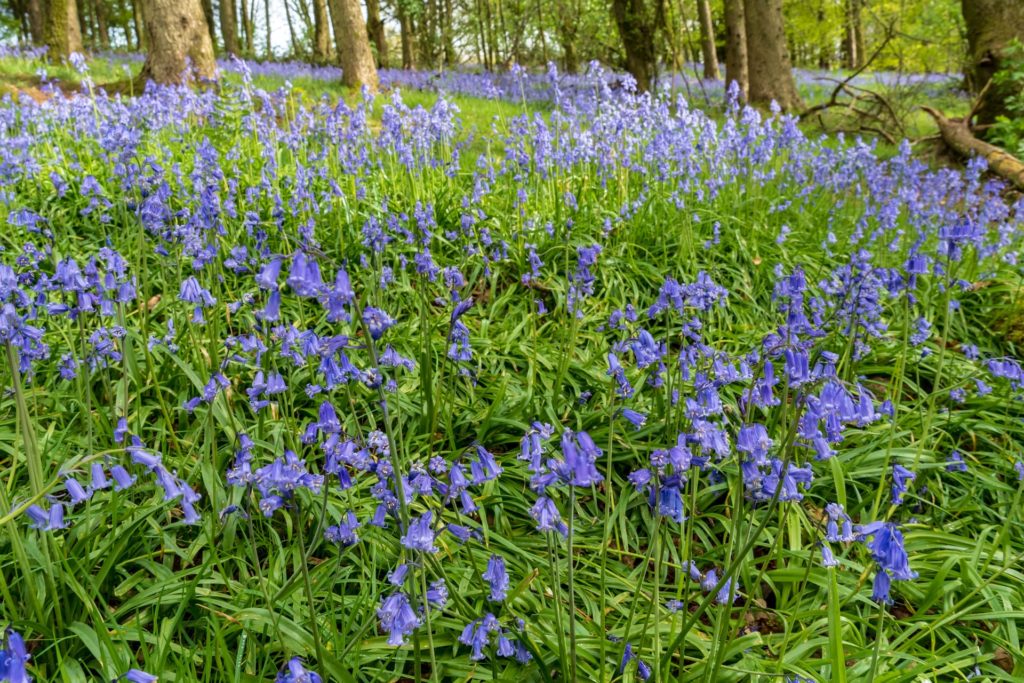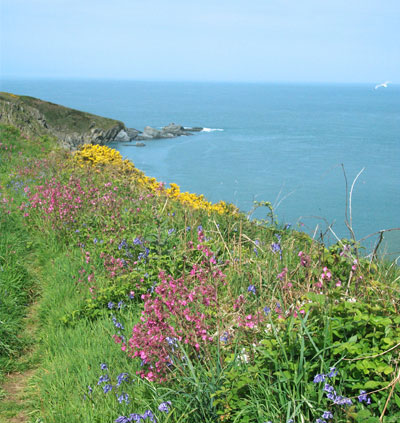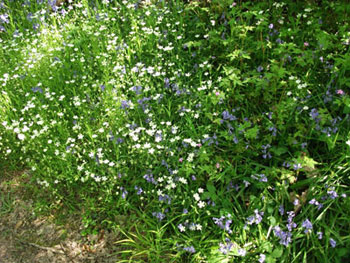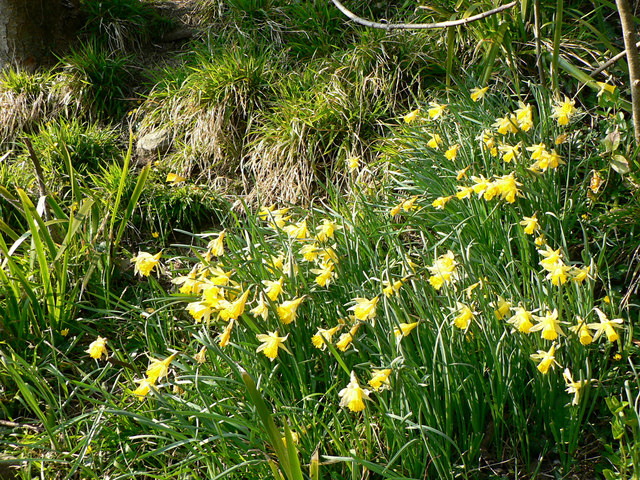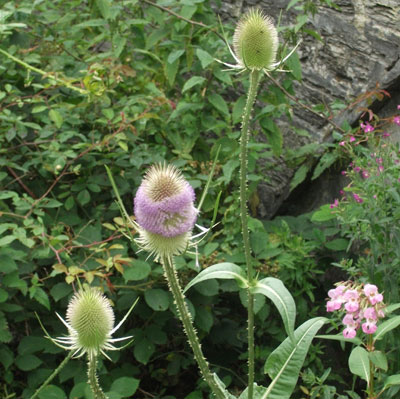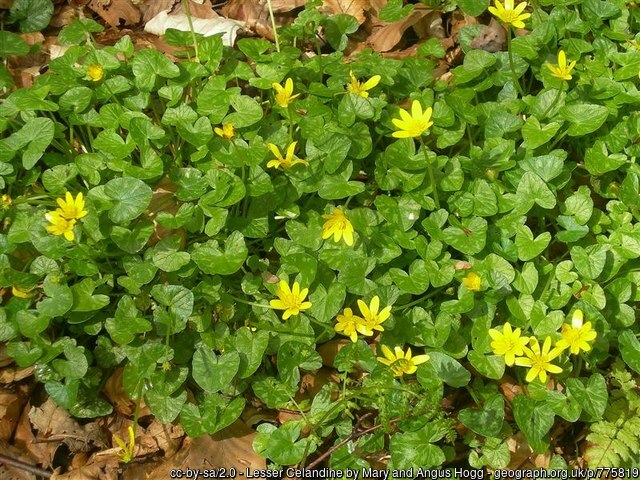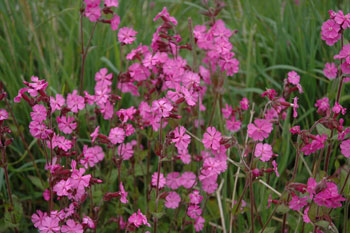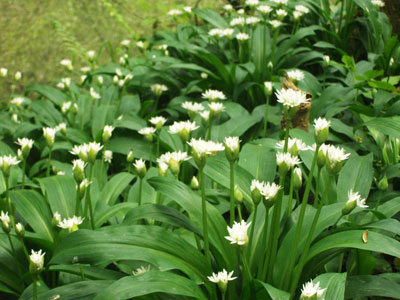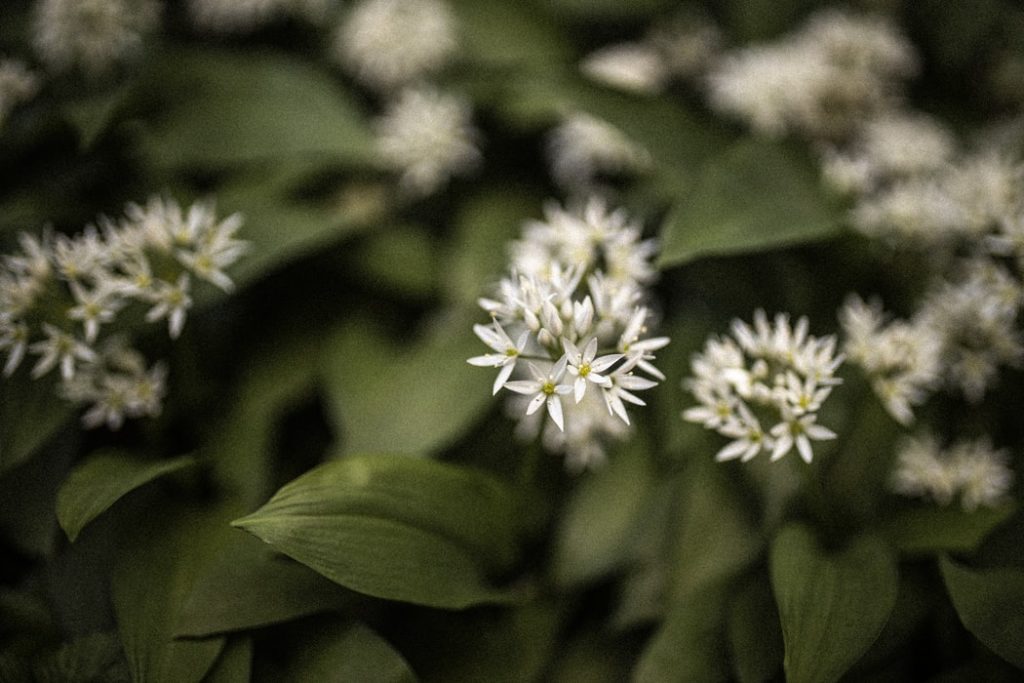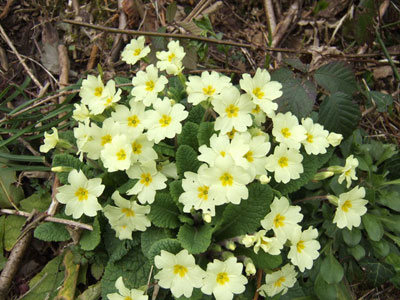Common Name: Lady’s Smock, Cuckoo Flower,
Latin Name: Cardamine pratensiss
Description: Herbaceous perennial plant growing up to 60 cm tall, with pinnate leaves 5–12 cm long, each leaflet is about 1 cm long. The delicate flowers are grouped into clusters on each stem and each individual flower has four petals and is 1–2 cm in diameter.
Season: Spring – April to June
Colour: Very pale lilac
More Information: The name cuckoo flower comes from the timing of the flowering, at the same time as hearing the first cuckoo.
Location: Along the banks of streams and rivers and in meadows and damp banks and hedges.
